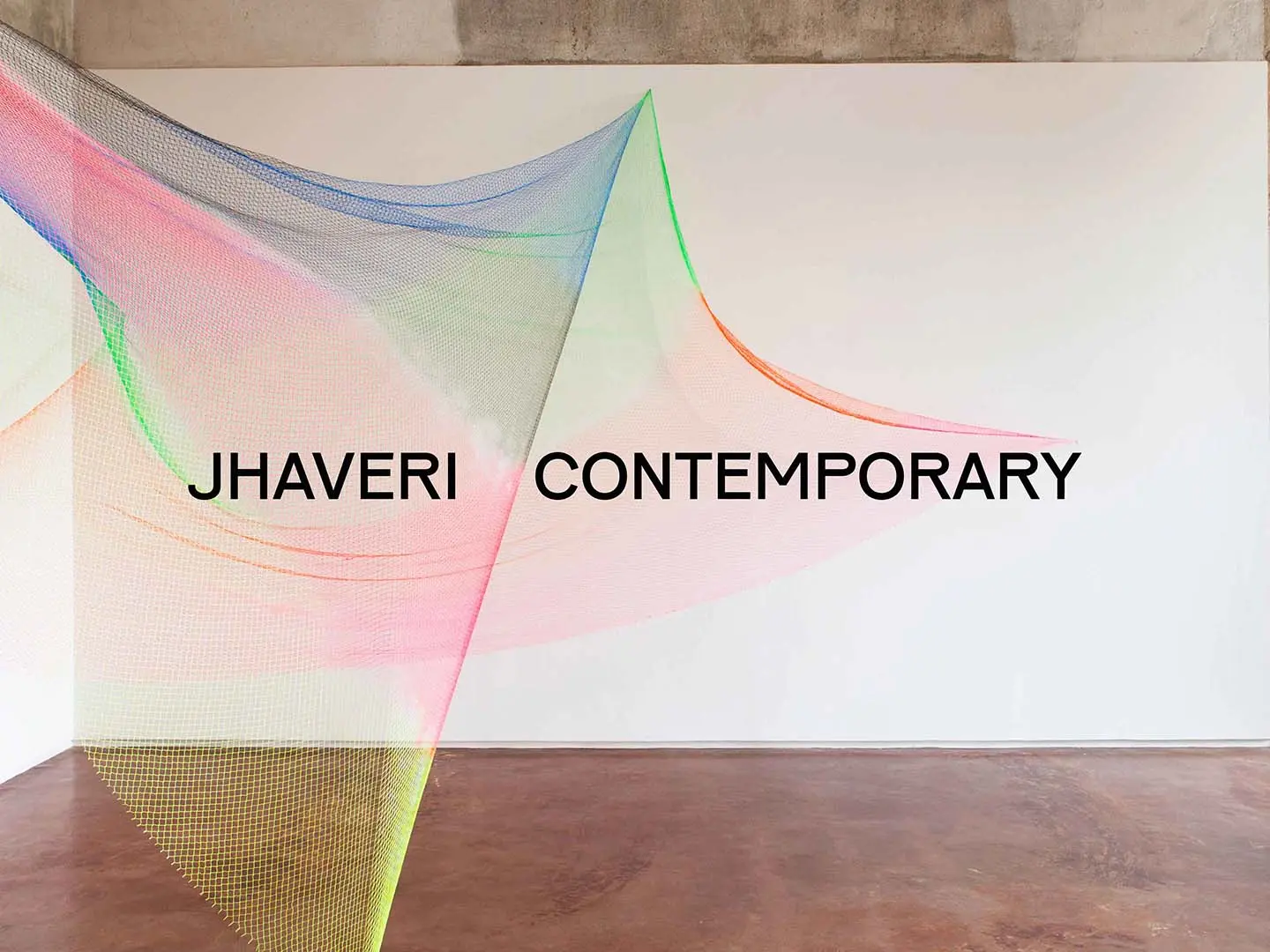The furniture and design segment dedicated to life en plein air. Interview with Roberto Pompa of the Assarredo Presidential Council as well as President of Roda
Sthuthi Ramesh, carving a new path in graphic design

Sthuthi Ramesh
As a woman of colour, there are hurdles on the road to making your mark on the design scene. But what if you’re a mother as well? Sthuthi Ramesh discusses the realities of working as an independent graphic designer, the power of embedding her South Asian roots in her work, and the importance of self reflection for improvement.
A pleasing palette of red, blue and earthy tones are the backdrop for a smart typeface designed by Karel Martens and Jungmyung Lee: this is the visual identity London-based India-born independent graphic designer Sthuthi Ramesh has created for Mumbai art gallery Jhaveri Contemporary. Ramesh has a way of melding her South Asian heritage and modernist influence, cleverly playing with colours. This makes her work stand out, especially on the UK contemporary graphic design scene.
Not all clients understand Ramesh’s style though. “Using so many colours makes us look juvenile” – this was the feedback she once received for a presentation for a UK client. “Lots of corporate design clients are still afraid to use colours,” she explains. “They say they want to, but are nervous about it.” While this can make Ramesh’s life difficult, she is determined to make her aesthetic less of the unknown. She gives me an analogy: “it’s like the dark room, where at first, it’s really dark and you have no idea what’s happening in the room. But slowly you get used to the darkness and get familiarised with this space. That’s what the corporate graphic design world is like with using colour.”

Blackcurrent By Sthuti Ramesh
Ramesh’s career path has been full of twists and turns. After studying a Bachelor of Fine Arts in India, she started working at advertising agency Ogilvy where she quickly realised a more artistic path of graphic design was calling her. She came to the UK to do her MA at London College of Communication. It was in London where she realised what really interested her: ‘the cross section of art and design.’ Over the years she could experiment with this at leading agencies like Browns, Pentagram, Winkreative and Made Thought where she worked with different clients, “the relationship between art and commerce really excited me.”

Welcome Type By Sthuti Ramesh
The latest turn for Ramesh is becoming an independent designer, a move she made after entering a new adventure in life: motherhood. ‘In 2019 I was trying to figure out, how can I navigate motherhood and work, and have that independence and flexibility?’ In this new era, there was no freedom to spontaneously attend events, so an online presence was key for Ramesh. But she found another tool which has been useful: a networking group of South Asian people working in the creative industry, many of whom are based in London. Through a busy Whatsapp group and meet-ups, Ramesh was connected with freelance opportunities, like the Jhaveri Contemporary commission. Ramesh met founder Amrita Jhaveri through the group, which led to her creating a striking catalogue for Jhaveri Contemporary’s 2019 Frieze Art Fair for Indian artist Monika Correa. The collaboration evolved in 2020, and Ramesh worked on the new brand identity and the website design for the gallery in Mumbai which garnered attention toward her skilful and meaningful use of colour.

Jhaveri Contemporary By Sthuti Ramesh
Even with a solid network and workflow, imposter syndrome can still kick in for Ramesh. “I feel like some clients have a preconceived notion about Indian designers and a lack of knowledge, maybe they don’t, but the world has made me feel that way.” Ramesh keys into this, and these days focuses on cultural projects, many in India, as a way to connect with her identity, while still managing to weave in modernist design ideals. Research plays a part in her process, but she questions why South Asian graphic design history is not as accessible as the legacy of western graphic design, “it's all hidden somewhere,” she says. One of her latest endeavours is bringing South Asian typography to the fore with a new book that will hopefully help the next generation of designers discover this wealth of graphic design knowledge.

Monica Correa By Sthuti Ramesh
While reflecting, Ramesh notices there is still some way to go in changing the graphic design industry, “in my 10 years of working in the UK, I have only ever worked for one woman of colour.” She continues to burst through the boardroom doors for open briefs with the right mindset though, “I am equally good as anyone out here,” which is how she navigates posting her projects on social media as well, “it’s not for other people, it’s for my own self improvement.”











